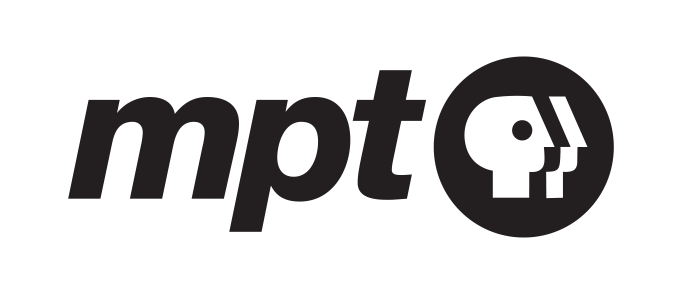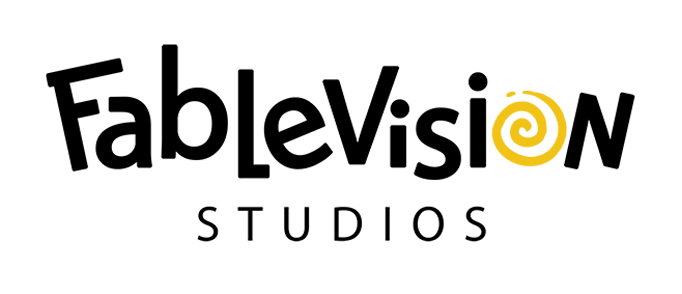Home — Special Collections — Teaching with Primary Sources — LOC Mixtape — “Sweet Babe O’ Mine” — Enrichment Activity
“Sweet Babe O’ Mine”
Grades 9-12
Enrichment Activity: Beyond the Notes
In this activity, students will conduct their own analysis of the ““Sweet Babe O’ Mine”” recording and the fieldnotes written by Ruby Lomax. The goal of the exercise is to allow students to analyze primary source materials while assessing the challenges faced by those who created them.
Materials
- Sound recording of “Sweet Babe O’ Mine” found on the Library of Congress website.
- LOC Mixtape Graphic Organizer
- 1939 Southern Recording Trip Fieldnotes. “Sweet Babe O' Mine” references on pages 103-105
- (Optional) Supplemental (Secondary Sources)
Process
- Play the entire original recording of “Sweet Babe O’ Mine” at least once. Then, lead a discussion about the song. Encourage students to use the graphic organizer to capture their thoughts and ideas. Additional questions to consider:
- What do you hear first?
- What stands out to you?
- What (if anything) surprises you or sounds unusual?
- Does the recording meet your expectations based on what you have learned about it so far?
- Review the fieldnotes. Share the fieldnotes with the students, giving time for students to read the notes written by Ruby Lomax.
- Discuss the recording and accompanying notes. Consider the following questions:
- What do we already know about this period in American history?
- What do we learn about the Lomaxes from their fieldnotes?
- What kinds of information did Ruby prioritize in her notes?
- What assumptions has Ruby made about Margie and this recording process?
- Why do you think Ruby described Margie as “covered with confusion?” Does that come through in the recording?
- What are the power dynamics at play in the recording process? Who has agency? Who has influence?
- Why are the fieldnotes (and what is written in them) important to us as learners and researchers?
- Create your own fieldnotes rubric. On a piece of paper (or electronic device), have students draft their own fieldnotes rubric. Consider the following questions:
- What information would you prioritize in your notes? Why?
- What kinds of information would you omit? Why?
(Optional) Extend the learning. Allow students to compare their ideas for fieldnotes with some of the current guidelines on fieldnote writing.
Reflect on the activity. After completing the exercise, have students reflect on the experience.
- What did you learn about the recording process from reviewing the fieldnotes and recording?
- How would you respond today if a recordist came into the class offering money for students to record folk songs?
- Have you ever encountered a situation where you were “put on the spot” to perform and engage? How did you handle it?







